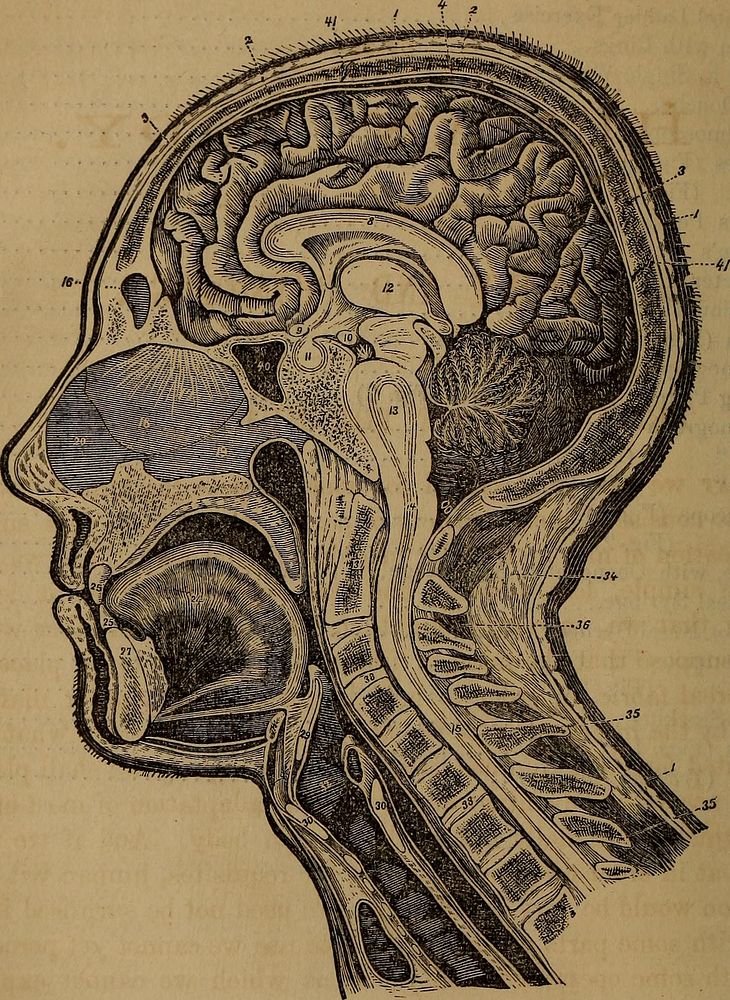https://creativecommons.org/publicdomain/zero/1.0/https://www.rawpixel.com/image/9975455

Identifier: ourhomephysician00bear (find matches)Title: Our home physician: a new and popular guide to the art of preserving health and treating disease; with plain advice for all the medical and surgical emergencies of the familyYear: 1869 (1860s)Authors: Beard, George Miller, 1839-1883Subjects: Medicine, PopularPublisher: New York, E. B. Treat & co. Chicago, Ill., C. W. Lilley (etc., etc.)Contributing Library: The Library of CongressDigitizing Sponsor: The Library of CongressView Book Page: Book ViewerAbout This Book: Catalog EntryView All Images: All Images From BookClick here to view book online to see this illustration in context in a browseable online version of this book.Text Appearing Before Image:725 « (Fig. 2) 725 Wand (Fig. 1) 725 (Fig. 2) , 726 Hand Swing with Rings 726 Exercises with Dumb-Bells (Fig. 1) 726 (Fig. 2) 727 (Fig. 3) 727 (Fig. 4) 727 LIST OF ILLUSTRATIONS. XXXI PAGE Exercises with Dumb-Bells (Fig. 5) 727 (Fig. 6) 728 (Fig. 7) 728 Hand-over-hand Ascent . 728 Horizontal Ladder Exercise 728 Exercise with Rings 729 Rowing in Single Wherry , 729 Nasal Douche 732 Ophthalmoscope 745 Pessaries (Fig. 1) 752 (Fig. 2) 752 Conants Pessary (Fig. 3) / 752 Hoffmans (Fig. 4) 752 Pleximeter 758 Percussion Hammer 758 Specula (Figs. 1, 2, and 3) 835 Sphygmograph (Fig. 1) 842 Marking Plate of Sphygmograph (Fig. 2) 842 Sphygmograph (Fig. 1) 843 (Fig. 2) 843 (Fig. 3) 843 Stethoscope (Fig. 1) 851 (Fig. 2) 851 Syringe, with Changeable Appendage 872 Laryngeal Syringe 873 Posterior Nasal Syringe 873 Ear Trumpet (Fig. 1). 886 (Fig. 2) 886 Elastic Stocking 907 Worms (Figs. 1, 2, and 3) 923 (Trichina Spiralis) 927 YEETICAL SECTION OF THE HUMAN BRAIN. (After Meirihold & Sons, Dresden.)Text Appearing After Image:8. Cranial Bones. 5. Cerebrum. 6. Cerebellum. 7. Arbor Vitse. 8. Corpus Callosum. 10. Mammillary Bodies. 11. Pituitary Glands. 12. Optic Thalamus. 13. Pons Varolii. 15. Spinal Cord. 16. Frontal Sinus. 21. Mouth of Eustachian Tube.24. Tongue.26. Hard Palate. 29. Epiglottis. 30. Cartilages of the Larynx. 31. Windpipe.33. (Esophagus. 14. Medulla Oblongata. THE STRUCTURE AND FUNCTIONS OF THE HUMAN BODY. ^ «e» «■ ANATOMY AND PHYSIOLOGY. BKIEF YIEW OF THE HUMAN BODY. That we may understand for what purpose the human body ismade to consist of such a variety of parts; why it possesses such acomplica tion of nice and tender machinery; and why there was nota more simple, less delicate, and less expensive frame, it is ne-cessary that we, in our imagination, make a man; in other words,let us suppose that the mind or immaterial part is to be placed ina corporeal fabric, in order to hold intercourse with other materialbeings by the intervention of the body; and then consider what willbe wantedNote About ImagesPlease note that these images are extracted from scanned page images that may have been digitally enhanced for readability - coloration and appearance of these illustrations may not perfectly resemble the original work.
Original public domain image from Wikimedia Commons
Public DomainFree CC0 image for Personal and Business use